🇵🇪 Peruvian Culinary Adventures: Ceviche and Pisco Sours 🍽️🍹
Savoring Peru's Delights: A Taste of Ceviche and the Pisco Sour Experience
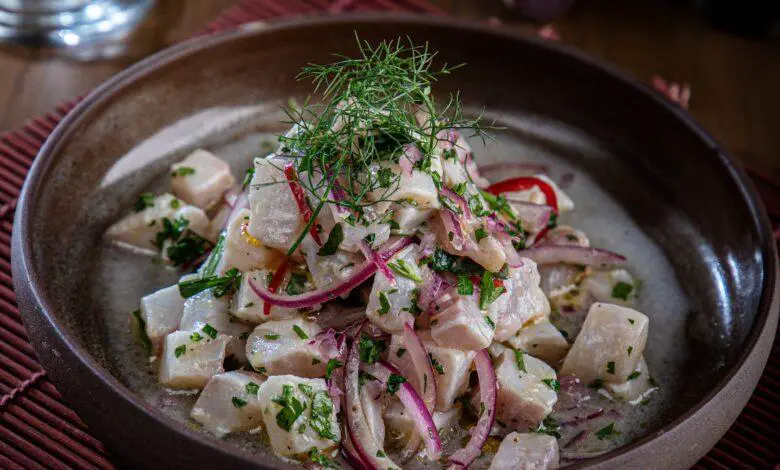
Introduction
Peruvian cuisine is a vibrant tapestry of flavors and cultural influences that has taken the culinary world by storm. At the heart of this culinary renaissance are two iconic dishes that represent the essence of Peruvian culture and its diverse gastronomy: ceviche and Pisco Sours. In this article, we invite you on a culinary adventure to explore the magic of Peruvian cuisine through these beloved classics.
We begin with a journey into the world of ceviche, a refreshing and tangy dish that perfectly captures the essence of Peru’s coastal culture. We’ll uncover the origins of ceviche, its key ingredients, and regional variations that make it a culinary masterpiece. Then, we’ll dive into the world of Pisco Sours, Peru’s national cocktail. From its history to the classic recipe, you’ll discover why Pisco Sours are more than just a drink; they’re an emblem of Peruvian hospitality and pride.
But the adventure doesn’t stop there. We’ll take you on a culinary tour of Peru, sharing must-visit restaurants, street food spots, and other iconic dishes that make the country a food lover’s paradise. And for those who want to bring a taste of Peru to their own kitchen, we’ll provide simple and authentic recipes for making ceviche and Pisco Sours at home.
As we conclude our exploration of Peruvian culinary adventures, you’ll not only have a deeper appreciation for the richness of Peruvian cuisine but also an open invitation to embark on your own journey of flavors, culture, and tradition. Let’s begin this delectable voyage through the tastes of Peru.
Ceviche: A Taste of the Ocean
Explanation of Ceviche and Its Origins
Ceviche is a delightful and refreshing seafood dish that hails from the coastal regions of Latin America. This delectable concoction consists of raw seafood, typically fish or shrimp, that is marinated in a zesty mixture of citrus juices, usually lime or lemon, along with various seasonings. What makes ceviche truly unique is the way it’s prepared: the citric acid in the citrus juice effectively “cooks” the seafood, denaturing the proteins and giving the dish its distinctive texture and flavor. This process allows the seafood to maintain its natural freshness and brininess while imparting a tangy, mouthwatering sensation.
The origins of ceviche can be traced back to ancient civilizations along the Pacific coast of South America, including the Inca Empire. Pre-Colombian cultures made similar dishes with the use of fermented maize and chilies. However, the ceviche we know today likely evolved with the arrival of Spanish conquistadors, who introduced limes and onions to the mix. Over time, different regions have put their own unique twists on this classic dish, resulting in a diverse array of ceviche styles and variations.
The Key Ingredients and Preparation Methods
The heart of any excellent ceviche lies in its choice of fresh ingredients. While fish and shrimp are the most common choices, variations featuring octopus, scallops, or even vegetables exist. To prepare ceviche, the seafood is meticulously diced into bite-sized pieces, ensuring they are uniform for even “cooking.” The citric juice is then poured over the seafood, and it’s essential to use only the freshest limes or lemons available.
Additional ingredients include finely chopped red onions, cilantro, and a dash of salt and pepper to taste. Many variations also include diced tomatoes, avocados, or even a splash of hot sauce for an extra kick. The mixture is left to marinate for about 15-30 minutes, or until the seafood turns opaque and the flavors meld together beautifully.
Regional Variations and Cultural Importance
Ceviche has evolved into a diverse range of regional variations, each reflecting the unique culinary traditions of the places where it’s enjoyed. In Peru, for instance, “Ceviche de Pescado” often includes aji amarillo, a flavorful yellow chili pepper, while in Mexico, “Ceviche de Camarón” features the addition of tomato and avocado. In Ecuador, “Ceviche de Camarón Ecuatoriano” is known for its zesty tomato sauce, and in Nicaragua, “Ceviche de Concha” spotlights fresh conch marinated in a blend of citrus juices.
Beyond its culinary significance, ceviche is deeply ingrained in the culture of coastal communities. It’s a dish that brings people together, often served at family gatherings, beachside restaurants, and local festivals. Its celebration of the ocean’s bounty underscores its importance in coastal economies and showcases the enduring connection between communities and the sea.
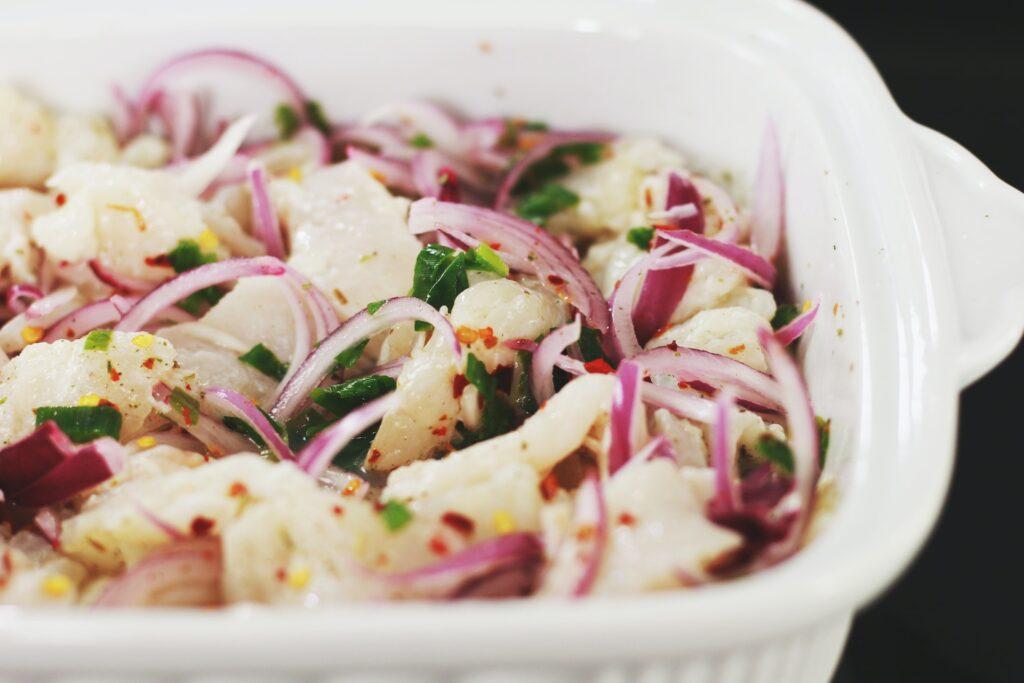
Pisco Sours: The Spirit of Peru
Introduction to Pisco Sours and Pisco
Pisco Sours, a tangy and invigorating cocktail, stand as one of Peru’s most cherished beverages, celebrated for its unique combination of flavors and cultural significance. At the heart of this iconic drink lies Pisco, a brandy-like spirit that carries a rich history dating back to the early days of the Spanish colonization of South America. Pisco Sours are more than just a drink; they are a manifestation of Peru’s spirit and traditions.
Pisco itself is a grape brandy made from the distillation of fermented grape juice. The spirit is named after the town of Pisco, located on the coast of Peru. Its production involves specific grape varietals, traditional distillation methods, and careful aging in oak barrels. The result is a clear, aromatic, and potent spirit, typically boasting a 38-48% alcohol by volume content. Pisco Sours, as the name suggests, are a delightful blend of Pisco with citrusy and sweet elements, creating a harmonious cocktail that has become a symbol of Peruvian culture.
The Classic Recipe for Pisco Sours
Creating the perfect Pisco Sour requires a precise combination of ingredients and a skillful hand. The classic recipe for Pisco Sours includes:
Ingredients:
- 2 oz Pisco
- 1 oz fresh lime juice
- 1 oz simple syrup
- 1/2 oz pasteurized egg white
- Angostura bitters (for garnish)
Preparation:
- In a shaker, add the Pisco, fresh lime juice, simple syrup, and egg white.
- Dry shake (shake without ice) vigorously for about 10-15 seconds to create a frothy texture.
- Add ice to the shaker and shake again until well-chilled.
- Strain the mixture into an old-fashioned glass.
- Garnish with a few drops of Angostura bitters on the frothy top.
- Serve immediately.
The result is a velvety and slightly frothy cocktail with the zing of fresh lime, the sweetness of the syrup, and the boldness of Pisco. Pisco Sours are known for their balance of flavors, making them an exceptional and refreshing choice, especially on warm Peruvian evenings.
The Role of Pisco Sours in Peruvian Culture and Traditions
Pisco Sours play a vital role in Peruvian culture and traditions. This cocktail is deeply intertwined with the nation’s identity, often enjoyed at celebrations, family gatherings, and as a symbol of national pride. In fact, Pisco Sours are so significant in Peru that they have their own national holiday, “Día Nacional del Pisco Sour,” celebrated on the first Saturday in February.
Moreover, the cocktail is a part of the broader Pisco culture, which includes various Pisco-based beverages and traditional Pisco distilleries scattered across the country. The act of sharing a Pisco Sour is not just a toast; it represents a shared moment of connection and celebration, a reflection of the warmth and hospitality that characterizes Peruvian culture.
A Culinary Adventure in Peru
Culinary Tourism in Peru
Peru, a country renowned for its rich cultural heritage and stunning landscapes, has emerged as a culinary paradise for food enthusiasts and travelers. Culinary tourism in Peru has gained immense popularity in recent years, and for a good reason. This South American nation offers a vibrant and diverse food scene that will tantalize your taste buds and leave you craving for more.
Peruvian cuisine is a delightful fusion of indigenous ingredients, Spanish influences, and flavors from various immigrant communities, making it a unique and unforgettable experience. To embark on a culinary adventure in Peru, you can explore the vibrant streets, visit must-try restaurants, and savor iconic dishes that are a testament to the country’s gastronomic excellence.
Must-Visit Restaurants and Street Food Spots
When it comes to discovering the finest flavors of Peru, you’ll want to make a beeline for its top restaurants and street food spots. Lima, the capital city, is hailed as the gastronomic heart of the country. Make reservations at renowned restaurants like Central, Maido, and Astrid y Gastón, where innovative chefs craft exquisite dishes using indigenous ingredients like quinoa, potatoes, and Amazonian fruits. These restaurants offer a modern twist on traditional Peruvian fare.
For a more authentic experience, don’t forget to explore the vibrant street food culture. In Lima, head to the bustling Surquillo Market or Miraflores’ Parque Kennedy, where you can sample delicious anticuchos (grilled skewers), empanadas, and ceviche from local vendors. Along with Lima, cities like Arequipa, Cusco, and Trujillo also offer incredible street food experiences where you can try local delicacies.
Other Iconic Peruvian Dishes to Try
While ceviche and pisco sours are undoubtedly iconic Peruvian dishes, the country has so much more to offer. Don’t miss out on trying lomo saltado, a mouthwatering stir-fry that blends Chinese and Peruvian flavors. Aji de gallina is another favorite, featuring creamy, spicy chicken stew served with rice. And if you’re feeling adventurous, sample the traditional Peruvian delicacy, cuy (guinea pig), which is often roasted and served with potatoes.
As you explore Peru’s diverse regions, be sure to taste regional specialties like arepas in the Andes, rocoto relleno (stuffed peppers) in Arequipa, and the delectable seafood dishes of the coastal areas. Every region offers a unique culinary journey, allowing you to savor the country’s rich history and diverse culinary heritage.
Making Ceviche and Pisco Sours at Home
A Simple Ceviche Recipe for Home Cooks
Ceviche, a beloved dish from Peru, is not only delicious but also remarkably easy to make at home. This simple ceviche recipe will allow you to enjoy the fresh and zesty flavors of this iconic Peruvian dish in the comfort of your own kitchen.
Ingredients:
- 1 lb fresh white fish (such as tilapia or sole), cut into bite-sized pieces
- 1 red onion, thinly sliced
- 1-2 hot chili peppers (rocoto or aji amarillo for an authentic Peruvian kick), finely chopped
- 1 cup fresh lime juice (about 8-10 limes)
- 1-2 cloves garlic, minced
- Salt and pepper to taste
- Fresh cilantro leaves, chopped
- Corn on the cob, sweet potato, and lettuce leaves for serving (optional)
Instructions:
- In a glass or ceramic bowl, combine the fish, sliced red onion, and chopped chili peppers.
- Pour the fresh lime juice over the ingredients, ensuring that the fish is completely submerged. The acidity of the lime juice “cooks” the fish by denaturing the proteins. Cover and refrigerate for about 20-30 minutes until the fish turns opaque.
- Drain the excess lime juice, which you can save for your Pisco Sours!
- Add minced garlic, salt, and pepper to the ceviche. Stir gently to combine.
- Garnish with chopped cilantro and serve. Traditional accompaniments include boiled corn on the cob, slices of sweet potato, and lettuce leaves.
Enjoy your homemade ceviche, a refreshing and tangy dish that captures the essence of Peru’s coastal cuisine!
Crafting a Perfect Pisco Sour in Your Own Kitchen
The Pisco Sour, a delightful Peruvian cocktail, is a must-try for anyone looking to bring a taste of Peru into their home. Crafting the perfect Pisco Sour is an art, and with this recipe, you can master it in your own kitchen.
Ingredients:
- 2 oz Pisco (Peruvian grape brandy)
- 1 oz fresh lime juice
- 1 oz simple syrup (equal parts sugar and water)
- 1 egg white
- Angostura bitters (for garnish)
- Ice
Instructions:
- In a cocktail shaker, add Pisco, fresh lime juice, simple syrup, and the egg white.
- Fill the shaker with ice and shake vigorously for about 15-20 seconds. This helps create a frothy texture.
- Strain the mixture into a chilled glass.
- Garnish your Pisco Sour with a few dashes of Angostura bitters, creating a beautiful and aromatic top layer.
- Serve immediately and enjoy your homemade Pisco Sour, a cocktail with a perfect balance of sweet, sour, and the unique flavors of Pisco.
Tips for Sourcing Authentic Peruvian Ingredients
To truly capture the flavors of Peru, it’s essential to source authentic ingredients. Here are some tips for finding the key elements for your homemade ceviche and Pisco Sours:
- Pisco: Look for a high-quality Pisco at your local liquor store. You may find both Peruvian and Chilean Pisco varieties, so choose according to your preference.
- Aji Peppers: While fresh aji peppers may be challenging to find outside of Peru, you can look for aji paste or aji amarillo powder in Latin American markets or online stores. Alternatively, you can use other hot chili peppers as substitutes.
- Fresh Ingredients: Use fresh and high-quality fish for your ceviche, as well as ripe limes for the juice. Freshness is key to achieving the best flavors.
With these simple recipes and ingredient-sourcing tips, you can transport your taste buds to Peru and enjoy the authentic flavors of ceviche and Pisco Sours right at home. It’s a culinary journey that’s both delicious and satisfying.
FAQs
Q. Is Ceviche safe to eat since it’s “cooked” in citrus juice?
A. Yes, the acid in the citrus juice “cooks” the fish, making it safe to eat. However, ensure that you are consuming Ceviche from reputable establishments.
Q. What’s the best time to enjoy Ceviche and Pisco Sours in Peru?
A. Ceviche is often enjoyed as a light lunch, while Pisco Sours are perfect for early evening. However, you can savor them at any time that suits your palate.
Q. Are there vegetarian or vegan versions of Ceviche available?
A. Yes, you can find vegetarian Ceviche made with ingredients like mushrooms or artichokes. Vegan versions often substitute seafood with heart of palm or tofu.
Q. Is Pisco only used in cocktails like Pisco Sour?
A. Pisco is a versatile spirit used in various cocktails, but it’s also enjoyed straight, much like fine whiskey or brandy.
Q. What’s the significance of Angostura bitters in Pisco Sour?
A. Angostura bitters add a touch of complexity and balance to the sweetness of the cocktail. They’re a key ingredient in perfecting the Pisco Sour’s flavor.
Q. Can I bring Peruvian Pisco home as a souvenir?
A. Yes, you can purchase bottles of Pisco from distilleries and stores to take home as a delightful souvenir.
Conclusion
In the heart of the Andes Mountains and along the vast Pacific coastline, Peruvian cuisine is a symphony of flavors, culture, and culinary artistry. As we conclude our Peruvian culinary adventure, we are left with a profound appreciation for the magic that this country’s cuisine brings to the world.
Ceviche, a dish that sings with the freshness of the ocean, and Pisco Sours, the embodiment of Peruvian hospitality, have served as our guides on this journey. These iconic dishes are not just about food and drink; they are the essence of Peruvian culture, pride, and history.
Peru is a culinary destination like no other, and whether you venture to its bustling streets or recreate its flavors in your own kitchen, the experience is one that will stay with you. From the tantalizing scent of sizzling anticuchos on a street corner to the zesty tang of freshly made ceviche, each bite and sip is an invitation to explore the depths of Peruvian cuisine.
As you embark on your own Peruvian culinary adventure, remember that it’s not just about the food and drink; it’s about the culture, the history, and the stories behind each dish. It’s about the vibrant spirit of a nation that welcomes you with open arms and an open heart. May your culinary journey be filled with the flavors, traditions, and the warm hospitality of Peru, a place where every meal is a celebration of life.
UP NEXT
Digital Nomads and Remote Work Aboard: The Rise of Working While Cruising 🌍🚢
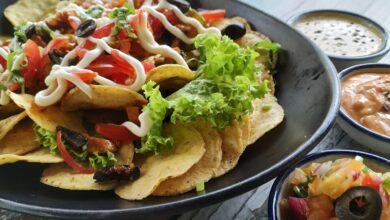
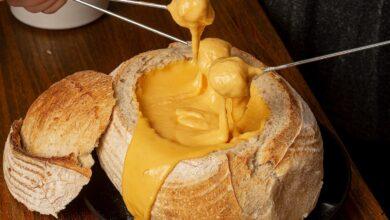

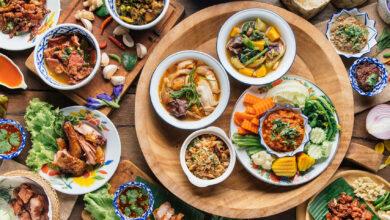

Facebook Comments